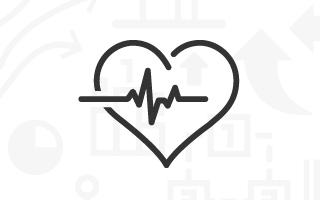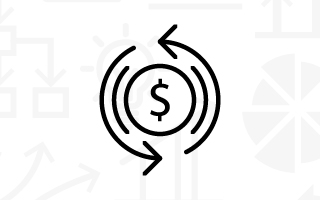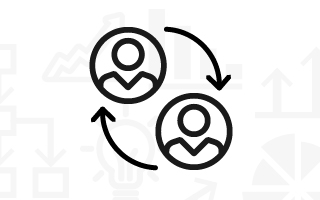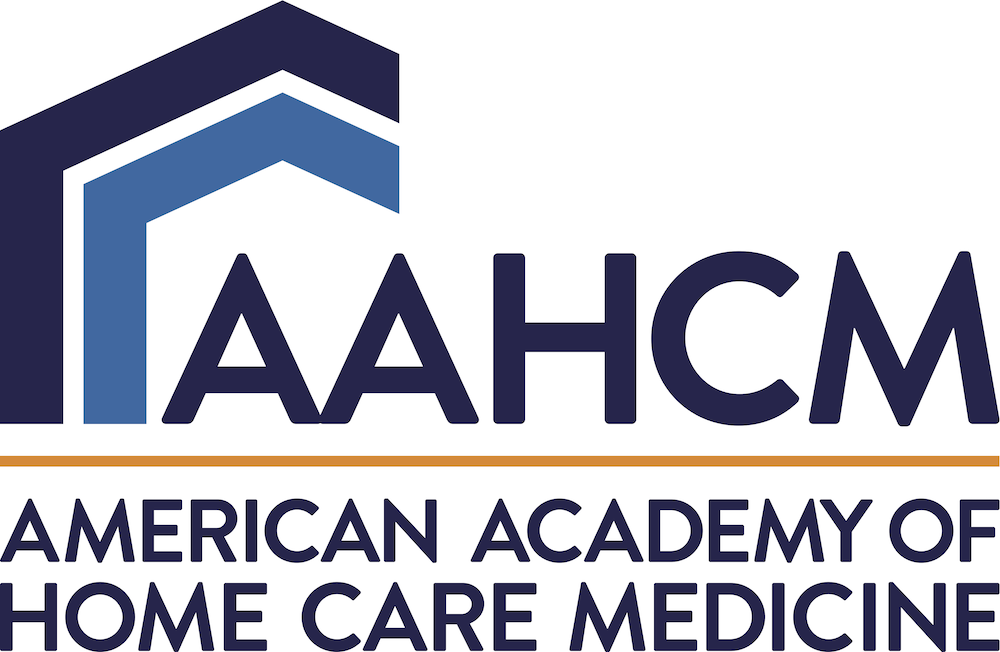The aging population and the shift to value-based payment models are arguably the 2 most disruptive forces in healthcare. Yet, payers and providers too often fail to see, monitor, and manage those individuals who will disproportionally affect the impact of this gathering storm.
They are the “invisible homebound,” an estimated 2 million frail, functionally impaired and vulnerable adults who
- are unable to visit their primary physician's office
- have severe functional impairments, disabilities and/or multiple chronic conditions
- may require palliative or end-of-life care
- often are not cared for by disease-specific management programs
- account for approximately half of the costliest 5% of patients.
Who provides home-based primary care?
Most HBPC providers work in partnership with interdisciplinary teams that can include
- primary care physicians
- nurse practitioners
- physician assistants
- nurses
- social workers
- emergency medical technicians
- pharmacists.
HBPC providers work with large and small health systems, accountable care organizations, managed care organizations, and medical practices. They offer different types of program models which are customized to address the unique needs of diverse populations and communities.
When is HBPC most successful?
A key to success is selecting the right patients—those who are truly at risk, do not see primary care providers and are heavy users of healthcare services. This requires a combination of health benefits data and the expertise of specially trained HBPC physicians and other providers who follow the practice guidelines of the American Academy of Home Care Medicine.
Critical elements of successful HBPC models include
- detailed care coordination by an interprofessional team
- determining the right mix of physician and nurse services
- continuity of care across all settings, including appropriate use of skilled home health and hospice services
- same-day urgent house calls to enable early clinical interventions and preempt avoidable emergency department visits and hospitalizations
- use of portable and remote care diagnostic technologies
- understanding beneficiaries’ values and preferences
- creating long-term, trusting relationships with beneficiaries and their family caregivers.
How is HBPC reimbursed?
More than 2.5 million home-based primary care visits made last year were to patients enrolled in Medicare, Medicaid, dual Medicare-Medicaid plans, Medicare Advantage, and other commercial health plans. As healthcare continues to transition to value-based payments, more and more full-service HBPC programs are adopting per member/per month fee structures. Others are participating in risk-sharing arrangements, including the 17 HBPC programs participating in the CMS’s Independence at Home (IAH) Demonstration project.
To contact AAHCM for more information, please reach out to
Brent Feorene, 440.871.2756. For media inquiries, please contact
Kathleen Hertzog.








